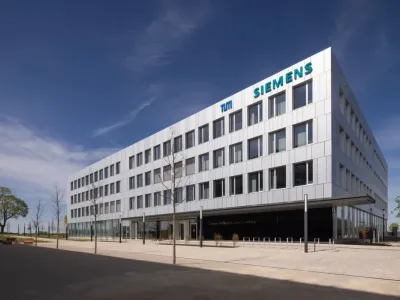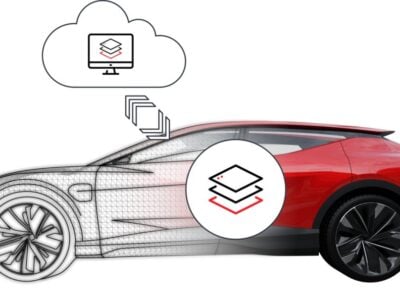
ESA picks LimeSDR for app enabled satcoms
ESA will become an official backer of the LimeSDR Project – which is available through Crowd Supply – and Lime will make 200 LimeSDR Mini units for developers wanting to create applications in the field of satellite communications.
Applications will be developed by the LimeSDR community, and shared via Lime-Canonical SDR App Store for Satcom, which is in the works. Applications are anticipated to focus on satellite connectivity and IoT – for example Internet-of-Things services via low-cost satellites, such as Cubesats. Other use cases include the use of SDR on-board larger satellites. In addition, new ideas coming from the ongoing 5G efforts in moving toward an SDR based open architecture, enabling fully integrated heterogeneous networks will also be prototyped in a satellite context.
The move forms part of ESA’s ARTES programme, and comes as part of the Space Agency’s drive to speed up satellite communication developments, ensuring that European and Canadian industry remains competitive.
Ebrahim Bushehri, CEO of Lime said: “We’re delighted to be working with ESA and to be a part of their exciting mission. Using our low-cost LimeSDR platforms we look forward to enabling a range of new applications for use in both space- and terrestrial-based satcom projects.”
See also: Emerging trends in satellite communications: High throughput satellites in LEO, MEO, and GEO
The LimeSDR and LimeSDR Mini are highly-configurable software defined radio platforms that can work with virtually any standard from IoT (LoRa / SigFox) to mobile comms (2G, 3G, 4G). They use the Lime LS7002 RF chip to operate from 100 kHz to 3.8 GHz (LimeSDR) or 10 MHz to 3.5 GHz (Mini) and enable software configuration at the Radio Access Network.
See also: Third generation Panasonic satellite comms network boosts bandwidth, reliability
This frequency range can be extended to over 10 GHz via a companion board a limited edition of which is also available via Crowd Supply.
“With modern satellite communications, many design challenges are unique, requiring testing and experimentation to reveal what does and does not work,” said the ESA’s Frank Zeppenfeldt, working in the future systems group of ESA’s satellite communications department. “For this reason, fast prototyping of promising technology concepts is absolutely essential.”
He added: “Through the SDR App Store for Satellite initiative, ESA hopes to engage and work with a wide variety of new parties to enable new ideas, boost innovative technologies and prepare for future Satcom products.
“The LimeSDR community is very innovative, but one not yet so active in the satcom market. We would like to engage with it and help it to develop innovative satcoms solutions. Through this project, we’d like to see an SDR satcoms community emerge. ESA supports the open source approach that Lime Microsystems intends to follow in the ARTES project.”
https://artes.esa.int/about-artes
www.limemicro.com
See also: First space-based VHF communications targets air travel
See also: Improving the automotive satellite navigation experience
See also: Lockheed Martin chooses CommAgility for LTE satcom project
 If you enjoyed this article, you will like the following ones: don't miss them by subscribing to :
eeNews on Google News
If you enjoyed this article, you will like the following ones: don't miss them by subscribing to :
eeNews on Google News




